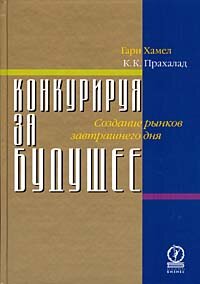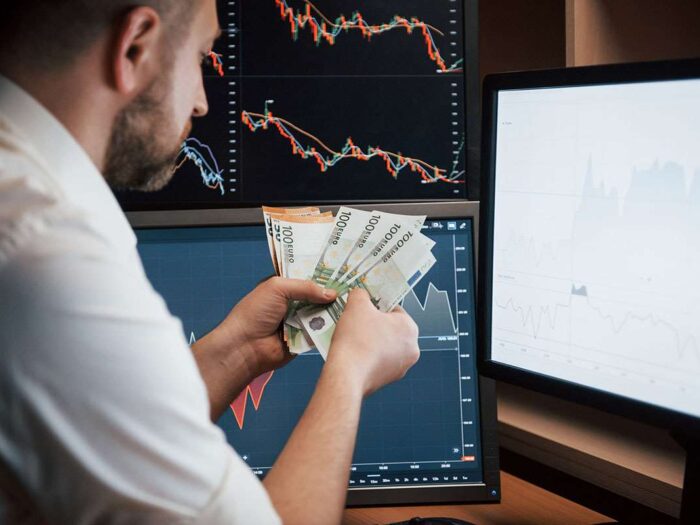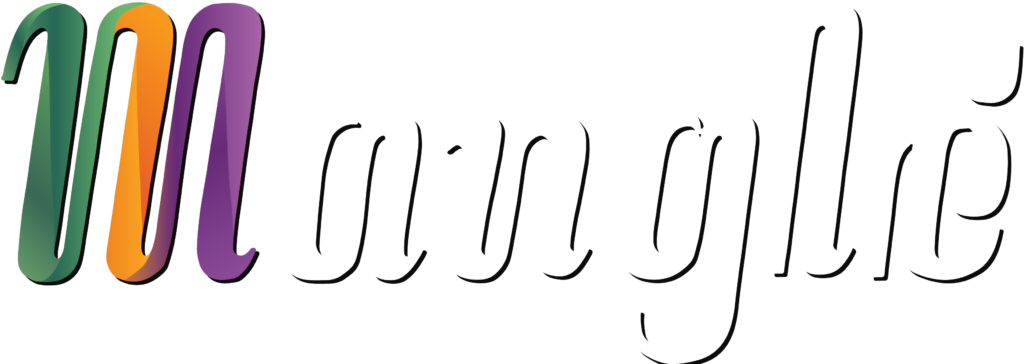Contents

I accept FBS Agreement conditions and Privacy policy and accept all risks inherent with trading operations on the world financial markets. If a Cup and Handle forms and is confirmed, the price should increase sharply in short- or medium-term. If you ask me, it’s when the price breaks below the low of the handle, thereby invalidating the Cup and Handle pattern. The last thing you want to do is short the market because it’s likely to breakout higher.


If you’re trading the inverted cup and handle chart pattern, your best bet is on the downside. Like all technical indicators, the cup and handle should be used in concert with other signals and indicators before making a trading decision. Specifically, with the cup and handle, certain limitations have been identified by practitioners. The first is that it can take some time for the pattern to fully form, which can lead to late decisions.
Explore the markets with our free course
Some traders view the level of resistance taken from the horizontal between the highs of the cup. Other traders make use of a handle break trend line as a point to place a long entry. An ‘inverted cup and handle’ is a chart pattern that indicates bearish continuation, triggering a sell signal. Above is an example of two cup and handles that formed in the Big Tech share basket on our Next Generation trading platform. The pattern on the left is more complex as the cup pattern is wavy and harder to identify.
- If the trend is up and the cup and handle form in the middle of that trend, the buy signal has the added benefit of the overall trend.
- The price may drop slightly, then rally back up, forming another handle or breaking above the initial handle.
- The handle often takes the form of a sideways or descending channel or a triangle.
- This pattern typically forms when the market swings up and bounces off the key support level.
- If there’s a spike in selling volume, then it’s a sign that traders are rushing to sell off their positions, and the bears are dominating the market sentiment.
The 100% level, represents a conservative price target, and 162%, is a very aggressive target. Sometimes the left side of the cup has a different height than the right one. If the price oscillated up and down a number of times within the handle, a stop-loss might also be placed below the most recent swing low.
A doji is a trading session where a security’s open and close prices are virtually equal. A breakout trader looks for levels that a security hasn’t been able to move beyond, and waits for it to move beyond those levels, as it could keep moving in that direction. Opponents of the V-bottom argue that prices don’t stabilize before bottoming and believe the price may drop back to test that level. But, ultimately, if the price breaks above the handle, it signals an upside move.
How to trade the Double Bottom pattern?
Cup and Handle Reversal Pattern is a technical analysis pattern which can be found in stocks, futures, currencies and other financial markets. The pattern is formed when a security price moves in a narrow range for an extended period of time. To identify the cup and handle pattern, start by following the price movements on a chart. The pattern starts to form when there is a sharp downward price movement over a short time. This is followed by a period where the price remains relatively stable.
A good https://business-oppurtunities.com/ to buy is when the price of the asset moves up and exceeds the price levels seen previously at the top of the right side of the cup. While the cup and handle pattern can be useful as an indicator, there is no guarantee that stock prices will rise. A price target to the downside could be between 20%-50% but they can go lower and of course they can also rise back in price into the inverted handle and fail. A trader has to follow how it plays out by letting winning trades run but cutting losing trades short. This pattern is trying to capture a short stock position as it breaks down out of its handle and starts a downtrend due to distribution from money managers. The cup and handle reversal pattern can also be used to identify oversold conditions.
In the final leg of the pattern, the stock exceeds these resistance levels, soaring 50% above the previous high. A cup and handle is considered a bullish signal extending an uptrend, and it is used to spot opportunities to go long. A conservative price target can be achieved by measuring the height of the handle and adding it above the resistance level at the top right-side of the cup.
It’s best to have a fixed set of rules to trade breakout and then just trade it when it happens. You can go down to the lower timeframe and analyze but it may or may not increase the odds of a breakout working out. Thank you for reply, entry above the handle is after breakout, where we can entry in pre-break out.
That means the asset’s price, which is trending lower to form the handle, should not drop to level of the lower half of the cup. Ideally, the price should stay within the top 1/3rd of the height of the cup. The cup and handle pattern is a bullish pattern, meaning once the pattern is over there are chances for the stock price to increase. Inverted cup and handle patterns can happen on both daily and weekly charts. A chart pattern is a graphical presentation of price movement by using a series of trend lines or curves.
Commodity and historical index data provided by Pinnacle Data Corporation. Unless otherwise indicated, all data is delayed by 15 minutes. The information provided by StockCharts.com, Inc. is not investment advice. Thanks man , one of the best articles on trading the cupnhandle pattern. If you guys wanna see some cups getting completed right now, go open the bitcoin ethereum and xrp charts.
The buy point is a momentum short signal as the stock makes a new low outside the bottom of the inverted cup. The stop loss can be set on the top of the ascending trendline of the inverted handle. As the cup is completed, the price trades sideways, and a trading range is established on the right-hand side and the handle is formed. The price drifts sideways or moves downward within a channel that forms the handle. With this chart pattern, the handle has to be smaller than the cup.

Useful guide, it’s definitely a pattern to always be watching for. For trend reversal, the duration of the cup would be longer. Its concept can be applied across markets which are liquid and across timeframes when the market is liquid as well. If you’re entering on the 4-hour timeframe, then a factor of 6 would be, 4 multiply by 6, which gives you 24 hours, and that’s the daily timeframe. If you’re entering on the 5-minute timeframe, then a factor of 6 would be, 5 multiply by 6, which gives you the 30-minute timeframe.
Cup and handle pattern
Finally, the security breaks out again, surpassing its highs that are equal to the depth of the cup’s low point. Another related technical analysis indicator to keep in mind is an inverted cup and handle pattern. Some traders consider that pattern a harbinger of a downtrend in the asset’s price that helps identifying selling opportunities. This is when the pattern forms an inverted handle inside a trading range. The second run at new lows usually works as the majority of buyers have been worked through and the stock breaks down to new lows. An inverted cup and handle chart pattern ideally takes place at the end of bull markets when the stock indexes are near all time highs in price.
Forex trading does not normally make use of this; rather, it makes use of other more conventional breakout confirmation methods such as breaks over the resistance. The remaining process is similar when trading the cup and handle pattern. If you’re not ready to take on the live markets, you can open a risk-free demo account to identify the cup and handle pattern and practise your trades. Once the price has reached the top of the cup, it starts moving sideways or slightly downwards to form the handle. If the handle drops below the lower half of the cup, it is no longer a ‘cup and handle’ pattern.
The cup and handle pattern, also sometimes known as the cup with handle pattern was first identified by stockbroker William O’Neil in 1988. The cup and handle pattern occurs in both small time frames, like the one-minute chart, and in large time frames, like daily, weekly, and monthly charts. A breakout is when the price moves above a resistance level or moves below a support level. The price movement of a breakout can be described as a sudden, directional move in price that is…
All the same concepts apply, regardless of whether the cup is “U” shaped, “V” shaped or wavy, or whether the handle is a triangle, wedge, or channel. Register for a live account now or practise first with virtual funds on our demo account to familiarise yourself with the platform. For a more in-depth read about double tops and double bottoms, check out our article on divergence trading strategies. These two elements create a pattern that looks like a cup with a handle. You can also choose to stay in the trade as long as the price is trending in your favor.
This is What a Down Trend Looks Like
The advertising in paid classifieds begins with a price decrease, during which the currency pair slowly changes its direction. It all depends with the price move before the formation of the pattern. I hope newbies know what they are doing and have enough experience and practice with this pattern. Recommend you guys to start with other patterns first instead of this. There is no ranking of importance for the different patterns. You can start off by mastering 1-2 patterns before moving on to the rest.
How to trade The Cup and Handle Chart Pattern
If you’re day trading and the target is not reached by the end of the day, you could close the position before the market closes for the day. We introduce people to the world of trading currencies, both fiat and crypto, through our non-drowsy educational content and tools. We’re also a community of traders that support each other on our daily trading journey. The Keltner Channel or KC is a technical indicator that consists of volatility-based bands set above and below a moving average.
First, approximately one to three months before the “cup” pattern begins, a security will reach a new high in an uptrend. Second, the security will retrace, dropping no more than 50% of the previous high creating a rounding bottom. Third, the security will rebound to its previous high, but subsequently decline, forming the “handle” part of the formation.


